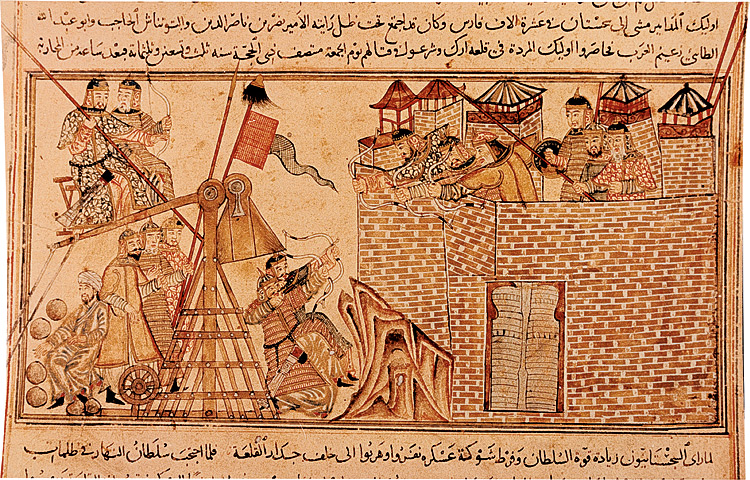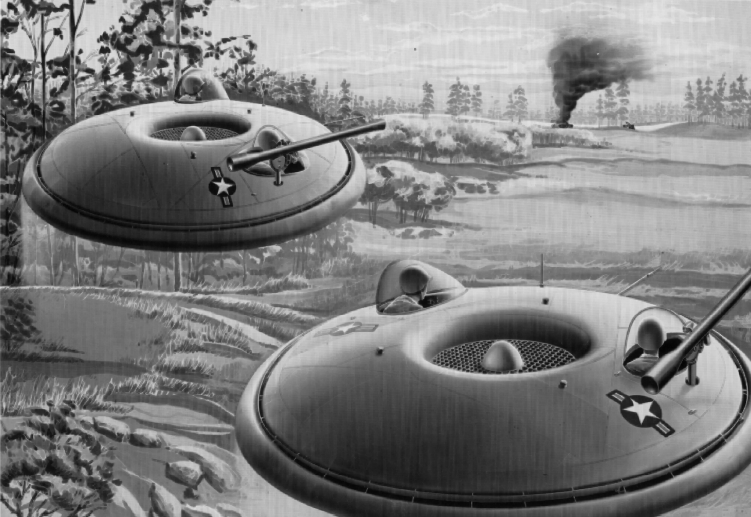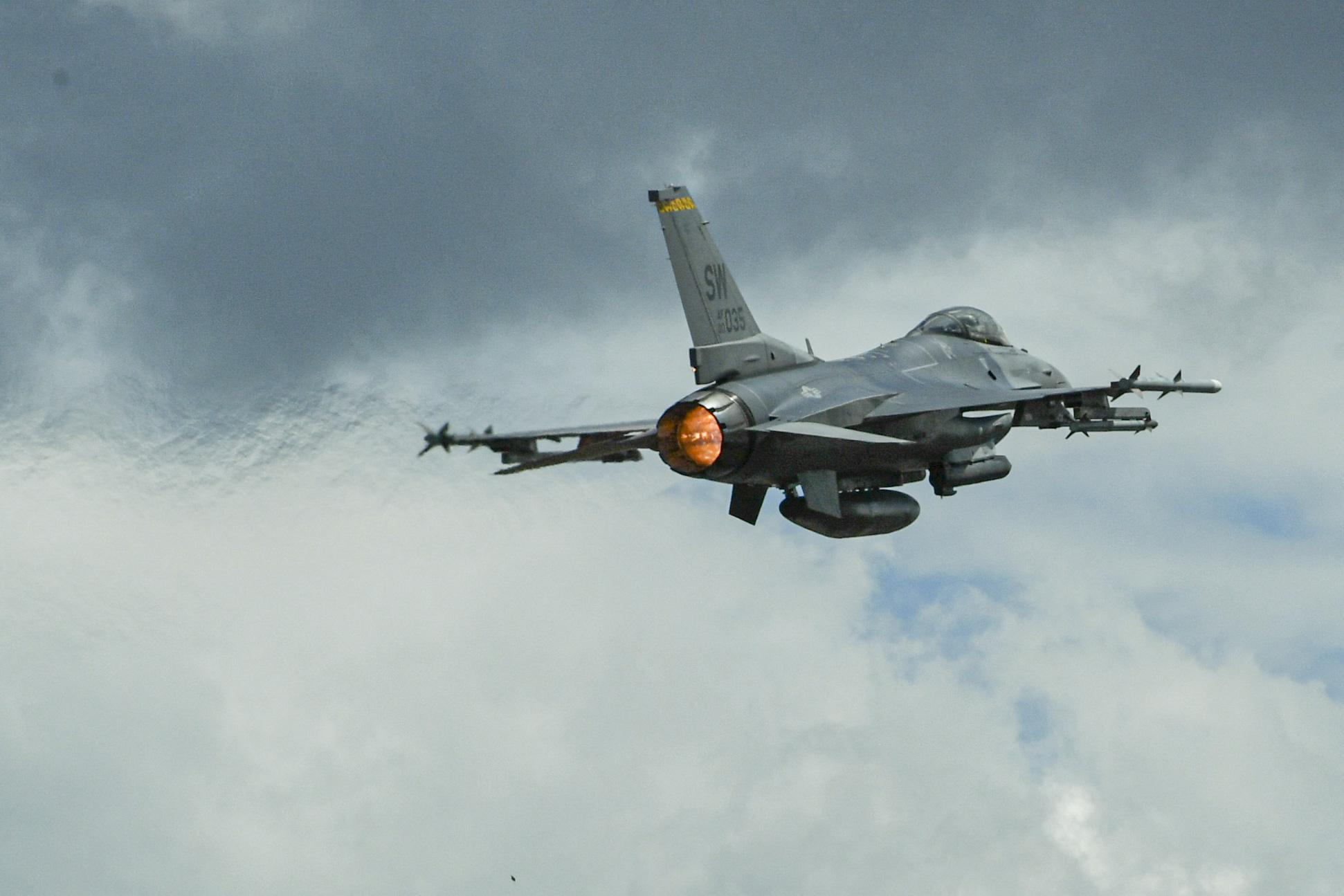Rise of the war machines: What drove the evolution of military technologies?

- A recent study aimed to uncover the key factors that spurred the evolution of military technologies from the Neolithic period to the Industrial Revolution.
- Looking at history through a mathematical lens, the study identified population size, preexisting technology, and geographic connectivity as major contributors to the evolution of military technologies.
- The researchers were able to verify some existing theories on the evolution of military technology while rejecting others.
Thanks to archeologists and historians, we know just about every step that mankind took to get from sculpting arrowheads in the Stone Age to dropping the atom bombs on Hiroshima and Nagasaki during World War II. But while the evolution of military technology is extremely well documented, its driving forces remain poorly understood. Why did military technology develop at a different pace than other kinds of technology? Why did it develop rapidly in some centuries while staying relatively unchanged in others? These are the kinds of questions that Peter Turchin set out to answer.
Turchin, who you might remember from our discussion about the inspirations for Isaac Asimov’s Foundation series, is an acclaimed and visionary evolutionary anthropologist. Like many children born inside the Soviet Union, Turchin was obsessed with history from a young age. At some point during his academic career, which mostly took place in the U.S. after his dissident father was exiled from their home country, Turchin decided to study history not by analyzing documents, but by processing raw data. This, he believed, would give him a more holistic and reliable picture of the past.
His modern approach to the ancient discipline led him to make a number of revolutionary discoveries. He became a scholar of historical dynamics, using mathematical modeling techniques borrowed from ecology to achieve a scientifically rigorous understanding of historical events. He turned cliometrics, the interpretation of history according to economic theories, into a new and even more ambitious sub-discipline called cliodynamics, which incorporates methods from sociology and anthropology. He developed an original theory to explain something Charles Darwin could not: the exponential growth rate of civilization.
Drawing from everything he learned during previous research projects, Turchin decided to tackle yet another intimidating question, this one dealing with military technology. The article, composed by Turchin alongside an international team of cliodynamics experts, recently appeared in the interdisciplinary journal Plos One. By analyzing over 10,000 years of history from 10 different regions around the world, Turchin and his team were able to identify the key forces the drove the creation of our world’s most fearsome war machines: population size, nonmilitary technological advances, and geographical connectivity.
Theories of military technology
Because previous efforts to quantify technological developments around the world were often criticized for being too subjective in their measurements, Turchin et al. tried to define their variables as clearly as possible. The primary goal of their study, the researchers wrote, was to identify patterns in the evolution of military technologies from preindustrial societies. “By technological evolution,” the researchers wrote, “we mean here the dynamics of update (and possible loss) of technologies used by societies at significant scale, regardless of how that society came to acquire that technology.”
Although some scholars prefer to study the evolution of technology in its entirety, most have treated military technology as a completely different animal, and for good reason. Machines of war generally do not develop at the same pace as other kinds of technology, suggesting that the underlying processes must be triggered by a distinct set of stimuli. Advancements in military technology also exert unparalleled influence over civilization, changing the power dynamic between different states and — as a result — spurring a variety of “ideological developments.”
The researchers observed that the greatest breakthroughs in military engineering seem to have occurred during the past few centuries. Additionally, these breakthroughs seem to be happening at shorter and shorter intervals as time goes on. Economist Michael Kremer hypothesized that there must be a positive correlation between the evolution of military technology and population growth. “High population,” he proclaimed, “spurs technological change because it increases the number of potential inventors (…) in a larger population there will be proportionally more people lucky or smart enough to come up with new ideas.”

Kremer’s theory, while compelling enough to accumulate a devoted following of world systems analysts, is not without its flaws. First and foremost, Kremer treats population size as an extension of exchange of information. Turchin et al. found this disconcerting because the way that a society exchanges information is influenced not only by its size but also its social, cultural, and economic makeup. Case in point: While the Soviet Union and the U.S. had a similar population size, they each developed military technologies at a markedly different pace.
For Turchin et al., population size is only one small part of the puzzle. Just as important as size is intellectual property or previous inventions, which need not even be military in their original application. For example, while improvements in metallurgy and metal processing initially manifested in the form of the iron plough, these developments are spurred advances in military technology. Without the ability to efficiently work metal, we would not have knives, swords, daggers, or battle axes. Even rifles and artillery, though far removed from the iron plough, could not exist without this initial invention.
Assembling the puzzle
And yet, even accounting for this so-called “stock technology,” the researchers still felt they were missing something. “The model assumes that the means and knowledge to adapt and improve upon existing technologies are readily accessible,” continue Turchin et al., “as well as the organizational capacity to deploy these technologies at large scales, which are open questions requiring further scrutiny.” And so, the final and perhaps most important puzzle piece they settled on was geographical connectivity — the exchange of information not within but between rival states and factions.
“Once a military technology had proven advantageous in inter-state competition,” the researchers write, “there arose an existential pressure on nearby societies to adopt that technology as well, so as not to be left behind.” In recent history, the nuclear arms and space races are prime examples of this principle, but Turchin et al. also identified a number of preindustrial iterations. Before atomic weapons, horse-mounted combat was the military tactic that was most in vogue, spreading from its birthplace in the Eurasian steppe to the rest of the world in what historians would consider a mere blink of an eye.
Using statistical analysis, Turchin et al. were able to verify hypotheses from researchers like Kremer while rejecting others. Although population size, preexisting technologies and geographical connectivity proved to be hugely significant, the same cannot be said for other variables like a society’s level of social and cultural sophistication. Ultimately, though, no single variable proved strong enough to predict advancements in military technology. Instead, Turchin et al. combined what used to be distinct, separate, and even contradictory theories into a single equation for the evolution of warfare.





